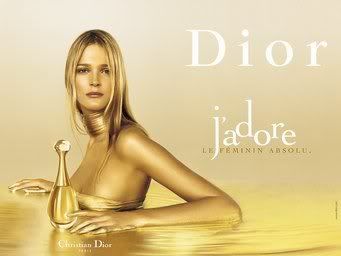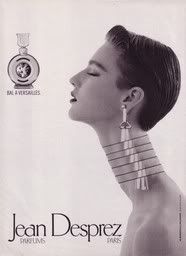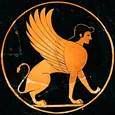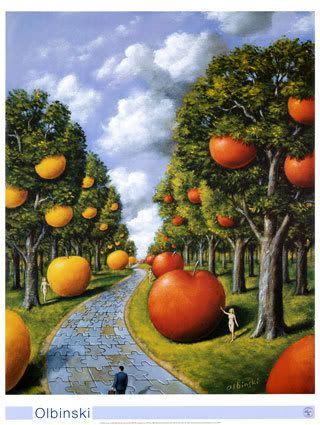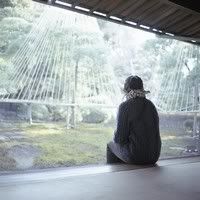From Incense to Orange Blossom to Jasmine, to Sadosmasochism in perfume and from there to Chypres Perfumes and the Dior Chypres in detail, they have proved to be one of the most beloved and most respected features of this venue.
Therefore in our desire to cater for the ever growing appetite of our discerning readers, we have prepared another Series: this time resting on one of those fragrant materials and classifications that is proving to always provoke a strong reaction.
So stay tuned for instalments to come shortly!

.jpg)
